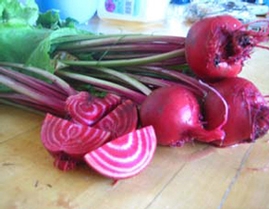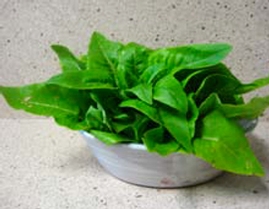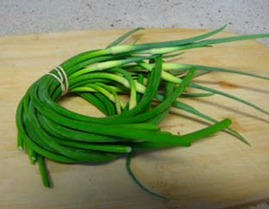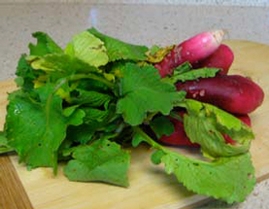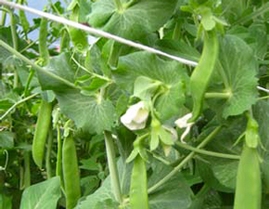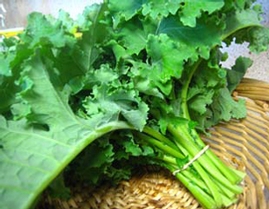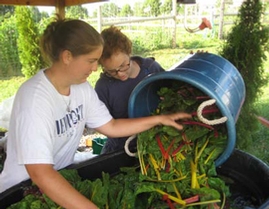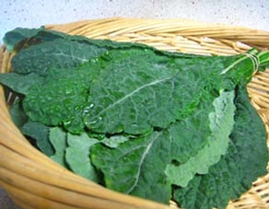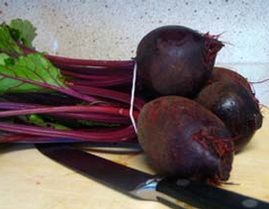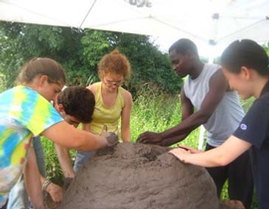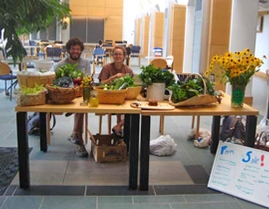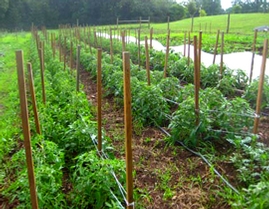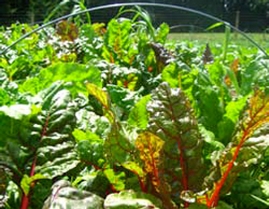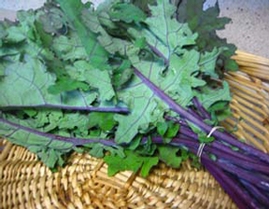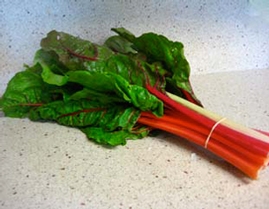Tool Use
- Cultivators
- Rototiller
- Hoop House Use
- Compost
- Volunteer Management
- Calendar
Hoop House
The HCCF hoop house was constructed in the Fall of 2010 based on the Eliot Coleman design. It is 30x36ft on 4x6 skids. The covering is 6mil UV resistant polyfilm that was installed in the spring of 2011. The end walls are designed to be removable in the summer for ventilation and to avoid overheating. Specifics of crop rotation can be found in Coleman’s Winter Harvest Handbook, but the general rotation is described below.
In the summer, tomatoes, peppers, and hot weather plants grow in the hoop house. In the late summer (8/1) cold weather crops are planted outside of the hoop house next to the tomatoes. The cold weather crops must go in this early so that they can grow to harvest size by late fall. As Coleman explains, much of the growth limitation is due to sunlight, not temperature alone. Keep the tomatoes covered as long as is feasible and then move the hoop house to cover the cold weather crops. In the spring, cold weather crops are started first, and then the hoop house is slid over to allow for warm weather crops to be put in early.
If it seems that this much rotation will not be feasible, it is also possible to use the hoop house only for hot weather crops. It is still necessary to move the hoop house every two to three years. This can be done with a tractor or many willing hands. Be sure when moving the hoop house to choose a non-windy day and brace the house securely. It only takes one windy day with no support to completely destroy the hoops.
Return to Farm Almanac Home

